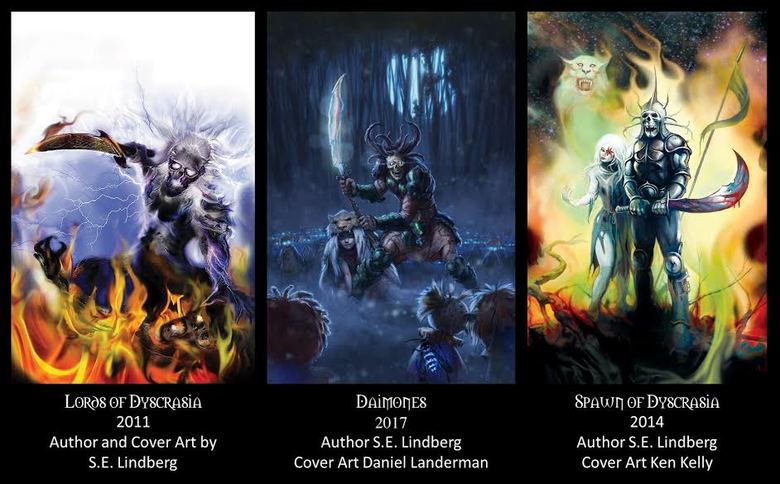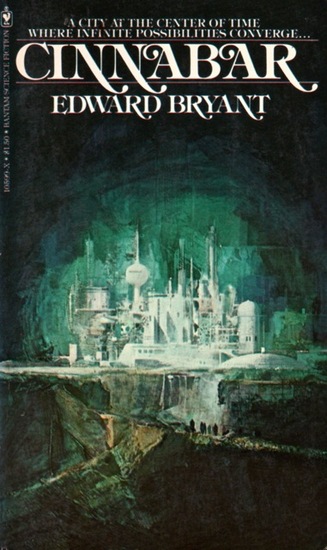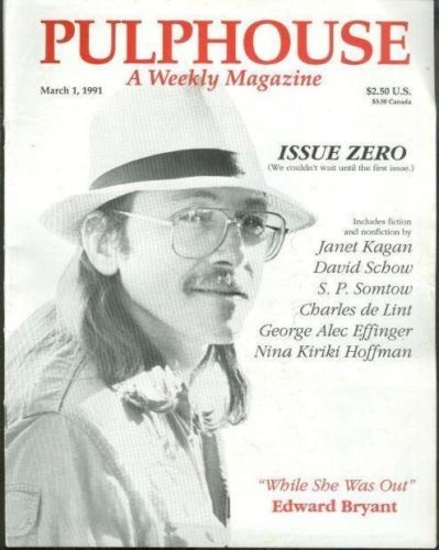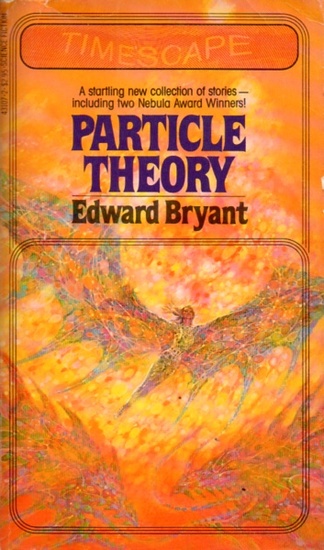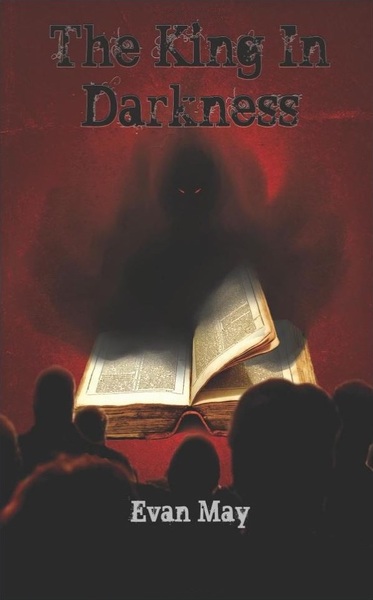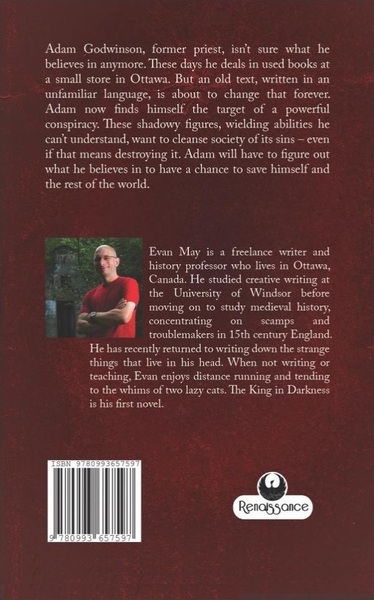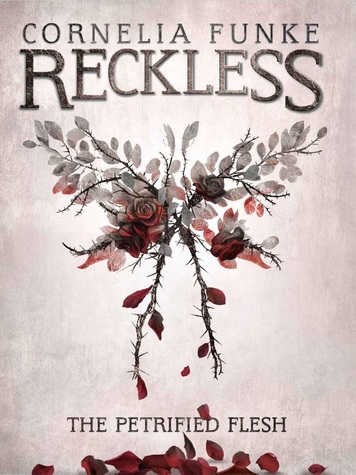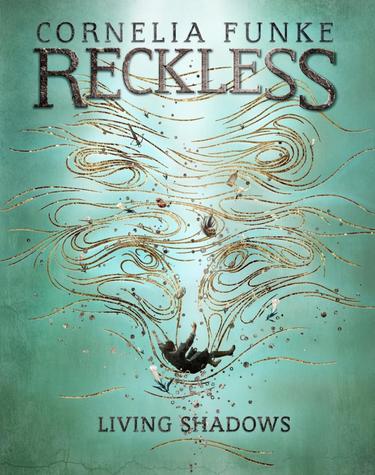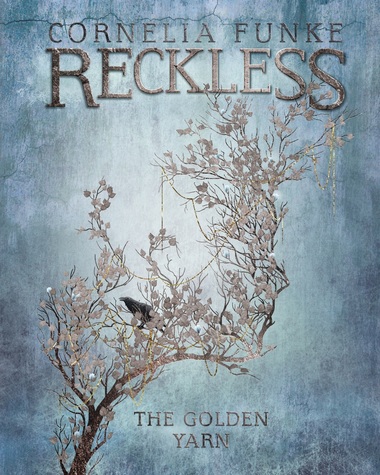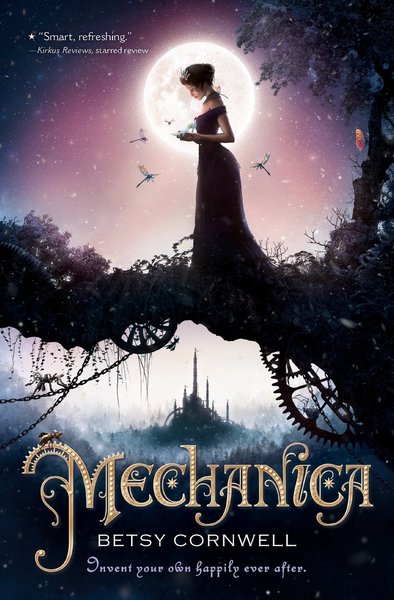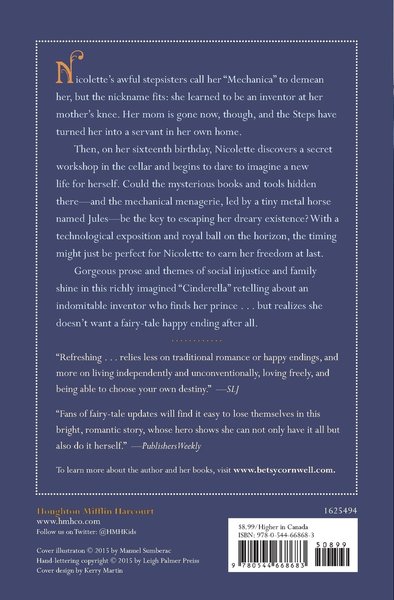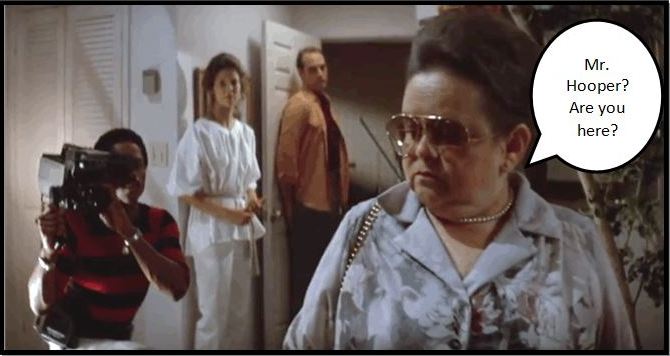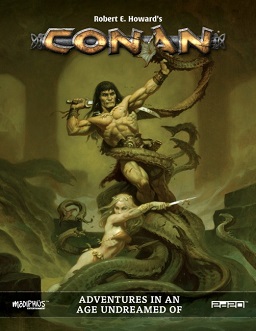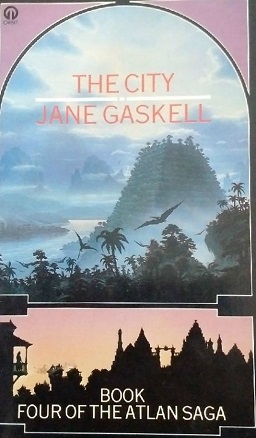 The previous installments in this series are:
The previous installments in this series are:
Jane Gaskell’s Atlan Saga, Part I
Jane Gaskell’s Atlan Saga, Part II
Jane Gaskell’s Atlan Saga, Part III
Ostensibly the final book in Jane Gaskell’s Atlan Saga is The City. It is a slim volume, especially when compared to its predecessors, coming in at 190 pages.
Picking up where Atlan left off, we find our hapless heroine Cija, half-starved and sick with scurvy from a long sea voyage, deposited in the docks of a foreign land. The master of the vessel has found a loophole in his verbal contract with the bandit chief Ael – he who paid for Cija’s safe voyage away from Atlan. Unbound by any promise regarding Cija’s treatment once ashore, the master has determined to sell her into slavery.
The docks are a squalid affair, gripped by winter. Icy rime covers mounds of garbage — and worse. Even so some punters are about, and after a bit of bidding Cija is sold and led away, still dazed and begging one of the ships boys to rescue her baby, Seka.
The City is a fast paced book. One gets the feeling Ms Gaskell was in the final sprint in the series, and this book reflects it. While she does not scrimp on descriptions, there is no wastage in the narrative. In almost a different style, Cija heads off from adventure to adventure. Even portions where time passes by are quickly dealt with until the next adventure starts.
Shortly after Cjia is led away from the slave block, the ship’s boy, Eel, and some of his cronies assail her new owner and whisk her away to promised safety. Soon she is reunited with Seka at Eel’s mothers house, which Cija soon twigs is a brothel where she is due to become a new attraction. Sickened by the prospect but still weak and lost in the foreign city, all she can do is try to capitulate.
One thing about Cija, she is a survivor. Although she has seen many streaks of bad luck, she also has the occasional run of good. This is the beginning of such a run. Her first customer turns out to be a youngster with a romantic view of the world. He believes her sob story, and sets to rescuing her. Cija escapes and, along with the youngster, finds her way to the city’s suburban greens and into his home, as a servant.
…
Read More Read More
